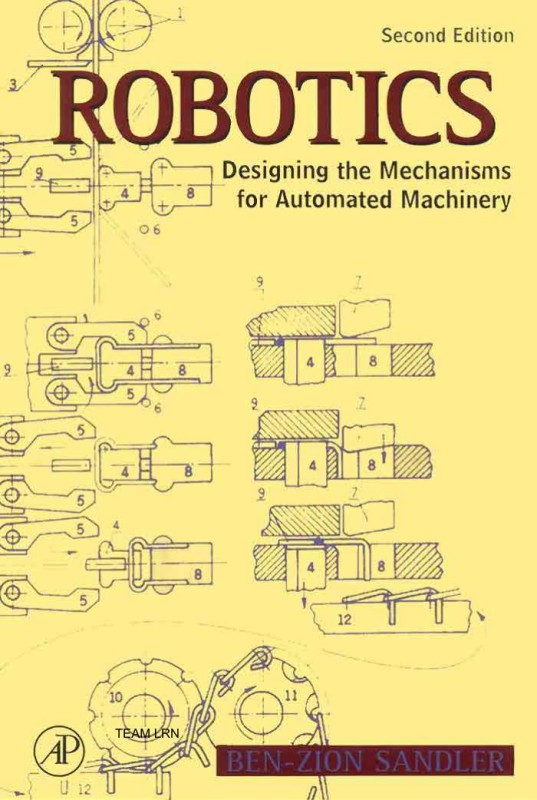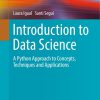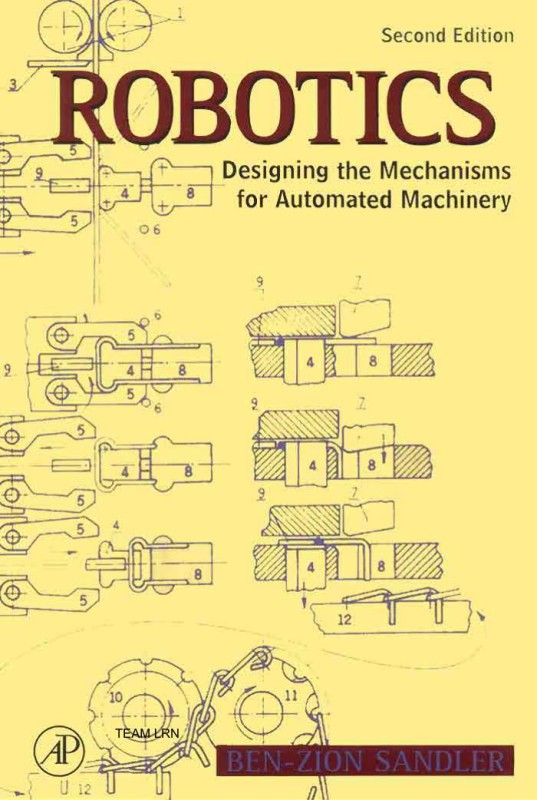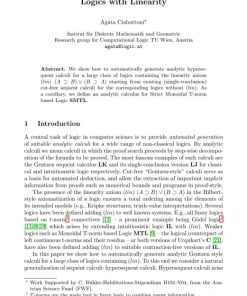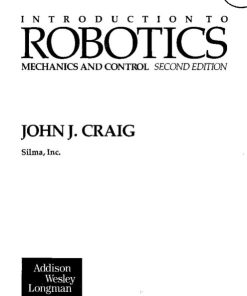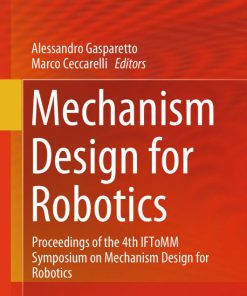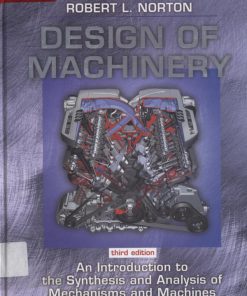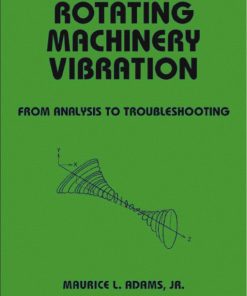Robotics Designing the Mechanisms for Automated Machinery 2nd edition by Sandler 0123916682 978-0123916686
Original price was: $50.00.$25.00Current price is: $25.00.
Authors:B. Z. Sandler , Series:Mechatronics Engineering [9] , Tags:Technology & Engineering; Automation; Chemical & Biochemical; Industrial Engineering; Mechanical; Robotics , Author sort:Sandler, B. Z. , Ids:9780126185201 , Languages:Languages:eng , Published:Published:Apr 1999 , Publisher:Academic Press , Comments:Comments:Robotics, Second Edition is an essential addition to the toolbox of any engineer or hobbyist involved in the design of any type of robot or automated mechanical system. It is the only book available that takes the reader through a step-by step design process in this rapidly advancing specialty area of machine design. This book provides the professional engineer and student with important and detailed methods and examples of how to design the mechanical parts of robots and automated systems. Most robotics and automation books today emphasis the electrical and control aspects of design without any practical coverage of how to design and build the components, the machine or the system. The author draws on his years of industrial design experience to show the reader the design process by focusing on the real, physical parts of robots and automated systems. Answers the questions: How are machines built? How do they work? How does one best approach the design process for a specific machine? Thoroughly updated with new coverage of modern concepts and techniques, such as rapid modeling, automated assembly, parallel-driven robots and mechatronic systems Calculations for design completed with Mathematica which will help the reader through its ease of use, time-saving methods, solutions to nonlinear equations, and graphical display of design processes Use of real-world examples and problems that every reader can understand without difficulty Large number of high-quality illustrations Self-study and homework problems are integrated into the text along with their solutions so that the engineering professional and the student will each find the text very useful

